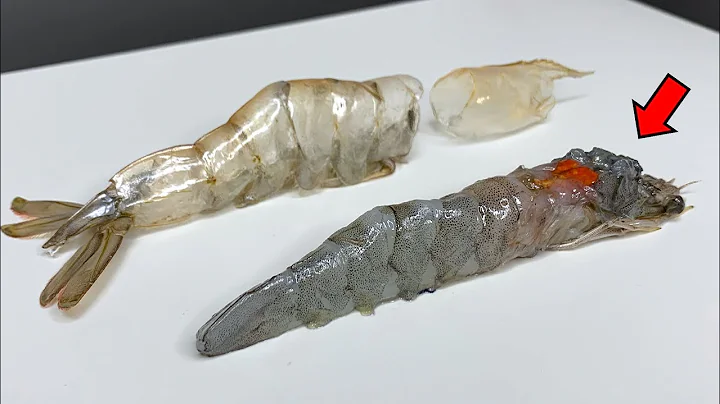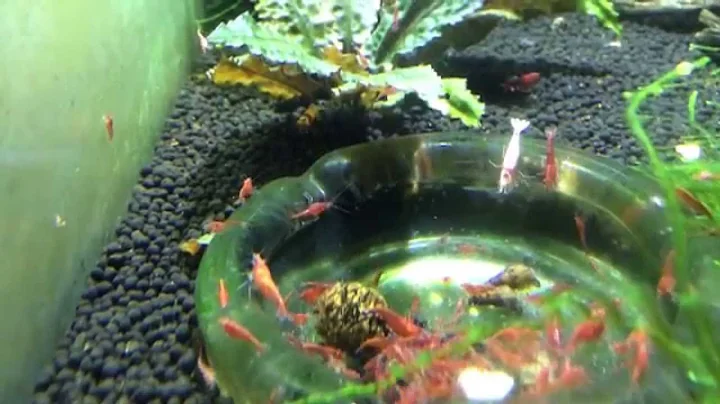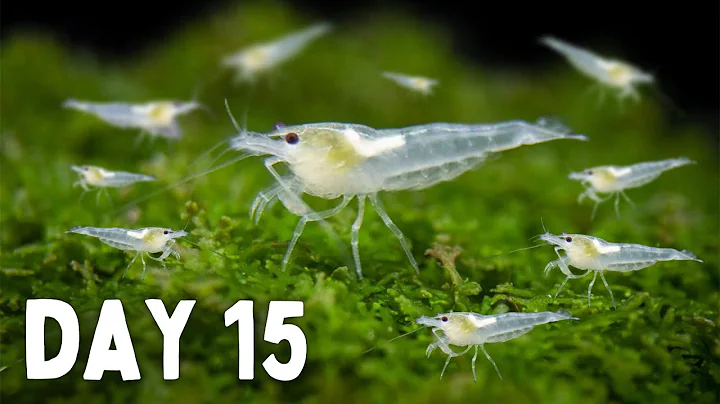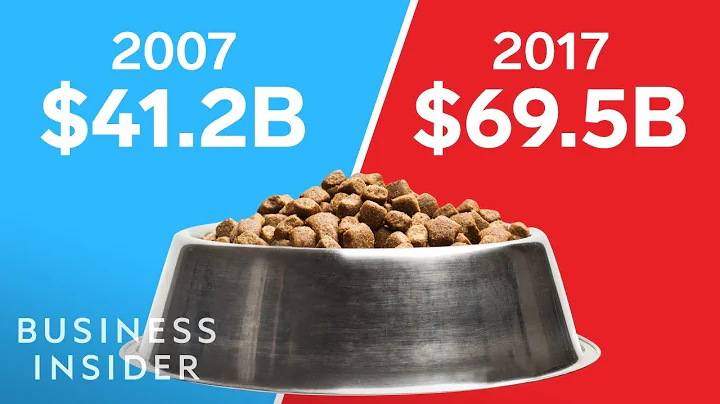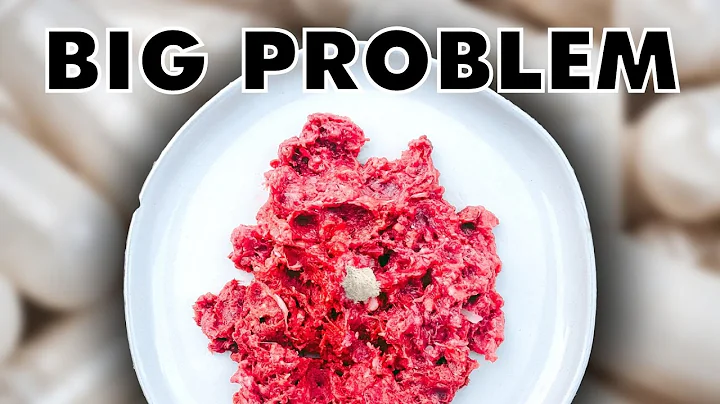Bream is also a relatively common type of freshwater fish. It eats a lot and has a wide range of recipes. Bream, also called grass bream, is an omnivorous fish. Whether it is earthworms, insects, shrimps, various grains, or plant debris, they are the main food sources of grass carp. From the perspective of recipes, it is basically a combination of grass carp and carp. So when it comes to which fish is the most greedy among freshwater fish, the number one fish must be bream. In wild fishing, as long as there are bream in the water, the "serious fish" that is often the first to be hooked is the bream. Another characteristic of bream is that it feeds in schools, so when you start catching bream, you can often catch several in a row.

1. Classic habits of bream
Bream is a fish that forages in the middle and upper layers. The foraging water layer is actually very similar to grass carp. In fact, it can be seen from the mouth of the bream. The mouth is slightly upward, which is an important sign of foraging in the middle and upper layers. Another point is that the body shape of the bream is one of "wide body and fat body", coupled with the slightly upturned mouth, if it is looking for food at the bottom of the water, it roughly needs to be "upside down" to eat normally, which is not good for the bream. It's extremely difficult to say. Therefore, when fishing for bream, the bottom fishing method is usually not used, but the method of fishing 20 cm from the bottom is used. Note that this method of fishing off the bottom is also more practical when fishing grass carp. Because grass carp prefers to eat off the bottom and does not like to eat on the bottom.

Why do many fishing friends like to choose terrain like “slope” as fishing spots? We all know that such a place is a place with a large difference in water depth. The shallow water on the slope and the deep water on the slope can achieve the purpose of fishing far with a short pole. For big fish, they like this kind of terrain very much. Because big fish can hide in the deep water below the slope, it is safer here. It is also very convenient to go to the shallow water on the slope to find food. It only takes a short swimming distance to quickly find food or escape back to the deep water. In fact, there is another point. When a big fish comes up from the slope and forages for food on the slope, it does not need to adjust the angle of its body (fish head) and can directly eat normally. Therefore, places where it is convenient for fish to find food are often places where fish gather.

2. Fishing method
20 centimeters from the bottom is a "stunt skill" summed up by many veteran fishermen to catch bream, but the method used is not the conventional method of fishing off the bottom, or fishing floating. Because in natural waters, the three classic fish conditions are unavoidable: wind, drifting water, and miscellaneous fish making nests. High temperatures in summer, fishing in windy weather, and fishing in live water are also seasons when there are a large number of miscellaneous fish, so the fish conditions that need to be faced are more complicated. When fishing for bream in the wild, reverse fishing is used to fish off the bottom. For conventional fishing groups, the fishhook is placed below the lead pendant . This kind of fishing group will inevitably be blown away by the wind or washed away by the current when fishing off the bottom. Reverse fishing off the bottom is a fishing method in which the lead falls to the bottom and the fishhook is suspended. To achieve this state, it is actually very simple, just use floating bait.

There are two commonly used methods. The first is to use bead fishing. The fishing group should pay attention to heavy lead pendants and single hooks. Because the fishhook needs to float, double hooks will inevitably become entangled, so basically Is using a single hook. The fishing group can be matched normally, but it is recommended to use PE line for the sub-line, because if the nylon line is thicker, it will be harder and will not be easily pulled up by floating beads. The pe line is relatively soft. Although it is slightly heavier after absorbing water, it is still more durable. Easy to float; the second method is still a heavy lead, single hook fishing group. The fishing group can be exactly the same as bead fishing, but the bait is corn popcorn. In summer, fish eat more vigorously and have more physical strength, so there is no need to worry about heavy lead causing the bream to be unable to pull it, and the floating phase is still guaranteed.

In fact, if you encounter a place where it is easier to catch the bottom, this reverse fishing method can be used to fish off the bottom. For example, crucian carp likes to be in places with obstacles at the bottom of the water. You can use a thin hook with a small hook, wear a small foam or bead on the hook handle, and then hang earthworms. The effect is also very good. Please pay attention, collect and like, it will be updated on time every day, thank you fishing friends!


